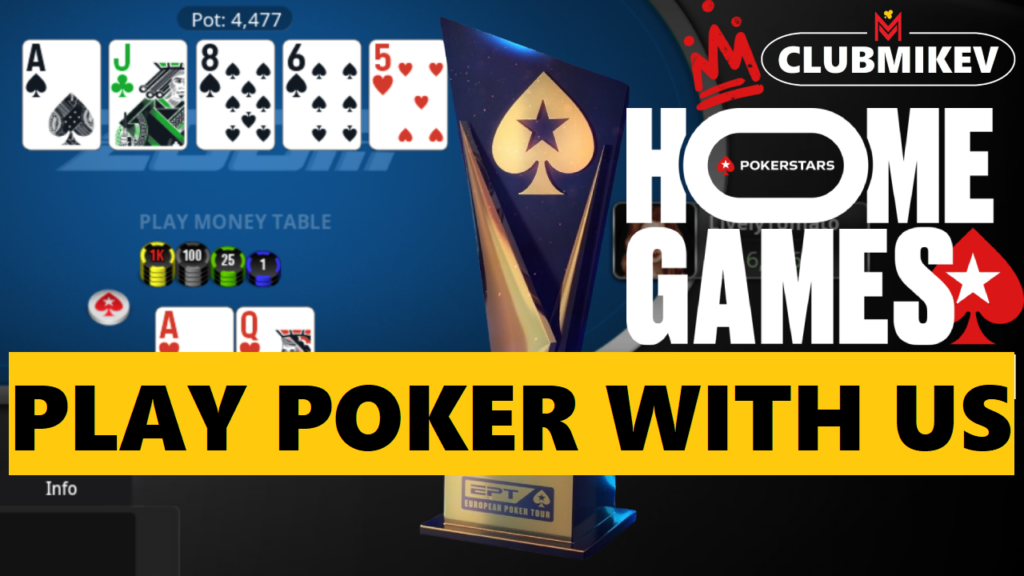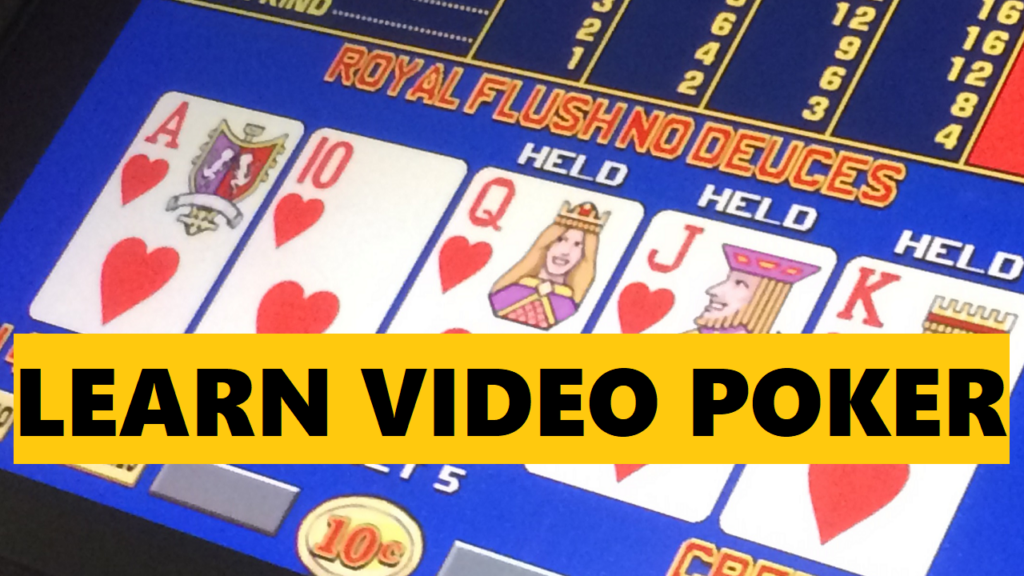Blackjack is probably the most popular table game in North America and one of the most recognizable card games. The object of the game is quite simple: have more points than the dealer without going over 21 points.
Let’s start by showing you how a typical blackjack hand is dealt and go from there. The game is played with a dealer, which represents the house, and anywhere from 1 to 7 players, each playing individually against the dealer. One to eight decks of cards are used. Each player must first place the amount of money that they wish to bet. Once all bets are made, the dealer deals two cards to each player and two cards to himself, one at a time. At most blackjack tables, all cards are dealt face-up except for one of the dealer’s cards, which is dealt face-down and placed underneath his other card.
Starting with the player to the dealer’s left, each player is given a turn to try and increase their total points. Most of the time, the player has to decide whether or not they want another card or if they are happy with their current total. Players can ask for a card as many times as they want, however if a card brings a player’s total points over 21, then that player has busted and automatically loses the hand and their bet.
Once each player has taken their turn, the dealer turns over his or her down card. If the dealer has a total of 16 or less, he or she will draw cards until the total is at least 17 or higher. If the dealer’s hand goes over 21, then the dealer busts and all players who did not bust during their turn automatically win their bet and are paid at even money. If the dealer’s total is between 17 and 21 inclusive, then the dealer’s hand is compared with each player’s hand. Players who have a higher total than the dealer will win and get paid at even money. Players with a lower total will lose their bet. If the player and dealer tie, then it is a push; the bet is neither won nor lost.
Cards with a value of 2 through 9 are worth their pip value. Tens and face cards are worth 10 points. Aces are worth either 1 or 11 points, as you decide. If an ace at 11 points would result in a hand going over 21, then the ace is always worth 1 point.
Now let’s go over a few additional situations you will come across during the hand. If the first two cards dealt to you are an ace and a ten-point card, which already total 21 points, then that is called a “blackjack.” You automatically win, assuming the dealer does not also have a blackjack. How much you get paid depends on the table, but traditionally a blackjack pays you at 3 to 2, or 1½ times your bet. A $10 bet will receive $15 in winnings for a total of $25.
Unfortunately if the dealer gets a blackjack, all players who don’t also have a blackjack will automatically lose. The dealer will reveal the down card if he or she has the blackjack before any player is allowed to take their turn.
If after the deal, the dealer reveals an ace as the face-up card, the dealer will ask all players if any of them would like to buy insurance before he or she checks for blackjack. Insurance is a side-bet that costs up to half of the player’s original bet. It wins if the dealer has a blackjack. Once players have decided on insurance, the dealer checks the face down card. If it is indeed a ten-point card, the dealer reveals it. All players still lose their original bets, but any insurance bet wins with a payoff of 2 to 1. If the dealer does not have a blackjack, all insurance bets lose and the game continues.
Let’s take a look at all the possible options a player has during their turn.
HIT: The player can “hit” or request another card. Tap the table with your index finger to indicate to the dealer that you want to hit.
STAND: Players can “stand” once they are happy with their cards and don’t want anymore. You can stand at any time. Wave your hand above your cards to indicate to the dealer that you are good.
DOUBLE DOWN: After you are dealt the initial two cards, if you think you can win with just 1 more card and you want to increase your bet, go ahead and “double down.” Place an amount of chips equal to your original bet. The dealer will give you 1 and only 1 card. Your turn immediately ends.
SPLIT: If you are dealt a pair with your initial two cards, you can choose to “split.” Splitting creates two separate hands. Place an amount of chips equal to your original bet. The dealer will deal a second card to each of these two new hands. Players can choose whether or not hit, stand, or double down on each of them. If a player is dealt another pair after splitting, you can re-split and create a third hand. Split aces only get 1 card each and you are not allowed to hit them.
SURRENDER: If after the initial deal, you do not like your chances of winning the hand, you can choose to “surrender.” Surrendering immediately ends your hand and you will lose half of your bet. Fewer blackjack tables offer this option to players these days.
STRATEGY
Blackjack is a game of skill. There is a correct way to play a hand based on the player’s current total and the dealer’s up-card. This is known as “basic strategy.” The strategy can easily be displayed to you as a chart like it is shown here.
It is recommended that you learn and memorize the basic strategy before you risk real money at the blackjack table. A basic strategy player will reduce the casino’s advantage down to about half a percent over the long term, making blackjack one of the best games a player can play while at the casino.
Another important thing to consider is that you should look for games with player-favorable rules.
Here are some examples:
- Only play at tables which pay you the full 3 to 2 payoff on a blackjack. Increasingly, casinos are reducing this to a 6 to 5 payoff, which increases the house advantage by about 1.4%.
- On some tables, the dealer will hit a soft 17, which is a 17 consisting of an ace worth 11 points, but can be changed to a 1-point ace as needed. It is better for the player if the dealer is forced to stand on a soft 17.
- It is also better for the player if you are allowed to double down on any two cards, double down after splitting, and re-split aces.
If you are really adventurous and you want to take things to the next level, you can learn to card count. Card counting takes advantage of the fact that cards are not usually shuffled after every hand. It is not until most of the cards had been dealt before a shuffle occurs. Because of this, it is possible to predict which type of cards are likely to be dealt based on which cards were already dealt in the previous hands. To keep things easy to memorize, a card counter assigns point values to certain groups of cards. Low cards (deuces through sixes) are given +1. High cards (aces and face cards) are given -1. Middling cards (7s, 8s, and 9s) are assigned 0 points.
As the dealer deals the cards, the card counter is keeping a running total of the count in his head, adding or subtracting 1 point depending on the cards dealt. A high count or high positive total means that there are more high cards and aces left in the deck, which is beneficial to the player, as it is more likely to be dealt a blackjack or for the dealer to bust. If the count is low or deep in the negatives, then there are more low cards left in the deck, which benefits the dealer. A card counter will adjust his or her bet based on the favorability of the count.
Ultimately, the successful card counter will be able to turn the odds into their favor and obtain a slight advantage over the house. The casinos know this, and they will do everything they can to prevent it from happening. One way has been the introduction of continuous shuffling machines. With cards being shuffled all the time while hands are being played, this eliminates the threat of card counting. As a final resort, casinos are allowed to ban card counters from their tables or the entire casino. Now card counting is not illegal; no crime was committed, which means that the casino should still honor the card counter’s winnings made before being kicked out.
I hope this article helped you learn the basics on how to play Blackjack. Be sure to check out my YouTube channel and subscribe! Best of luck on your next visit to the casino.
Go make it happen!




